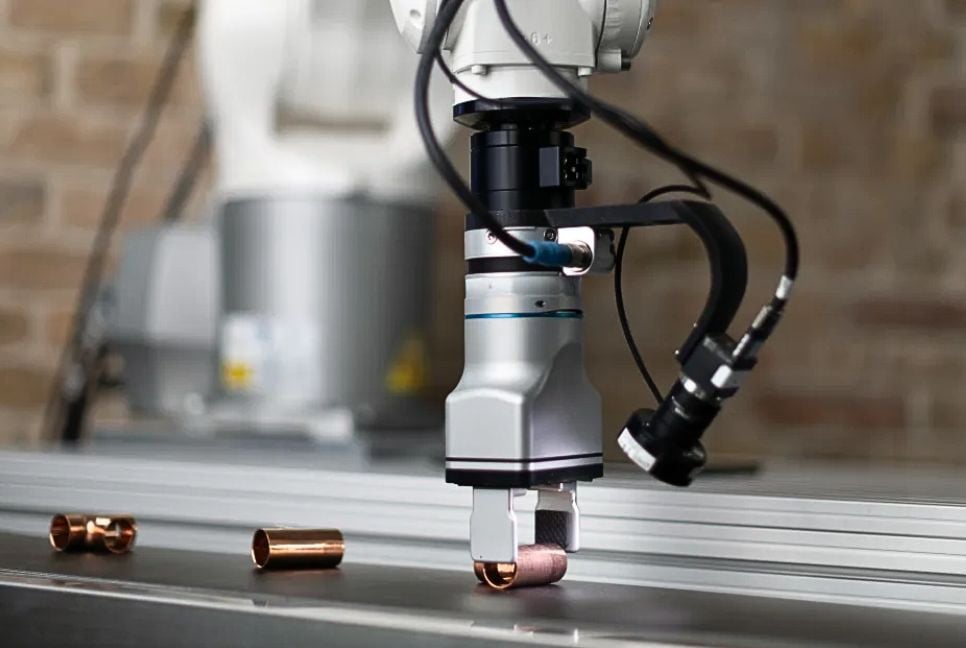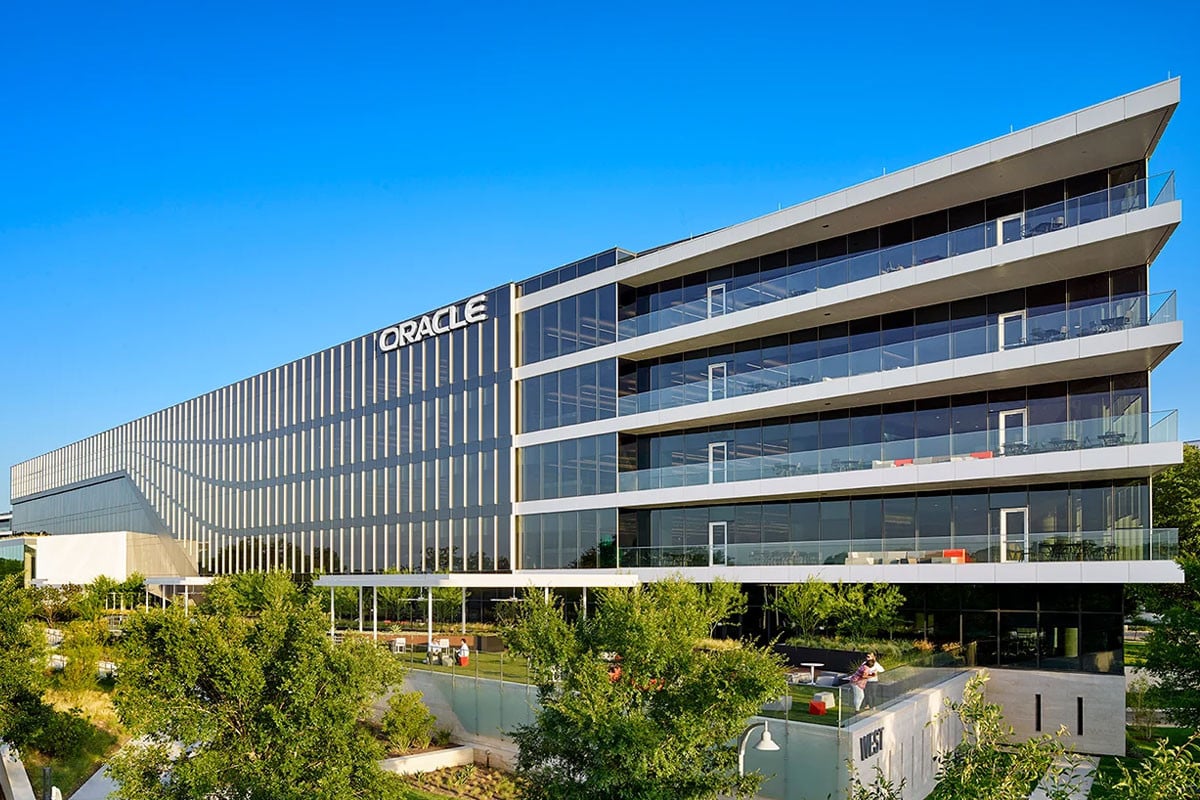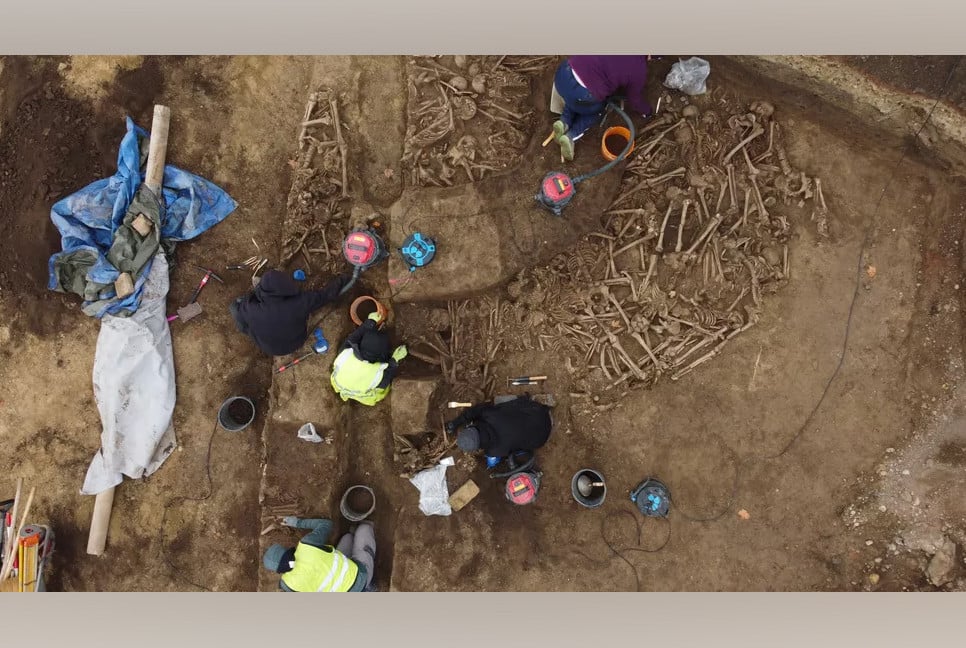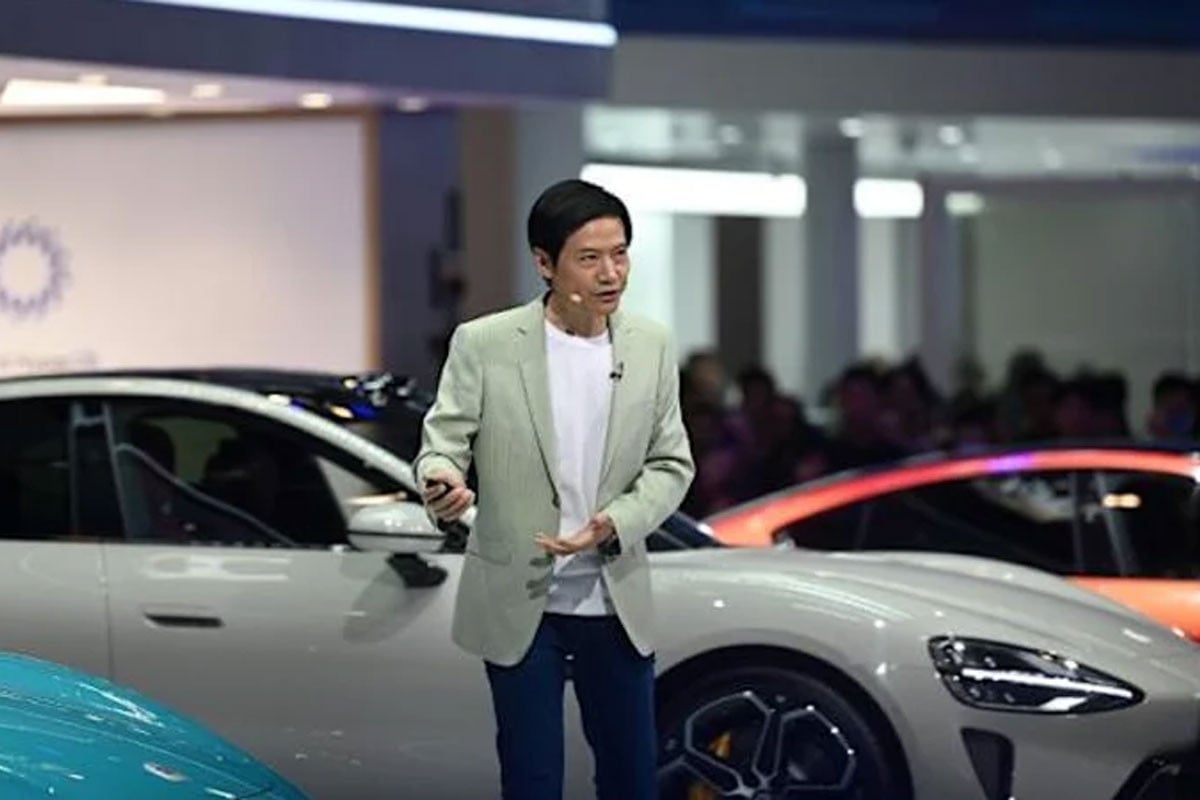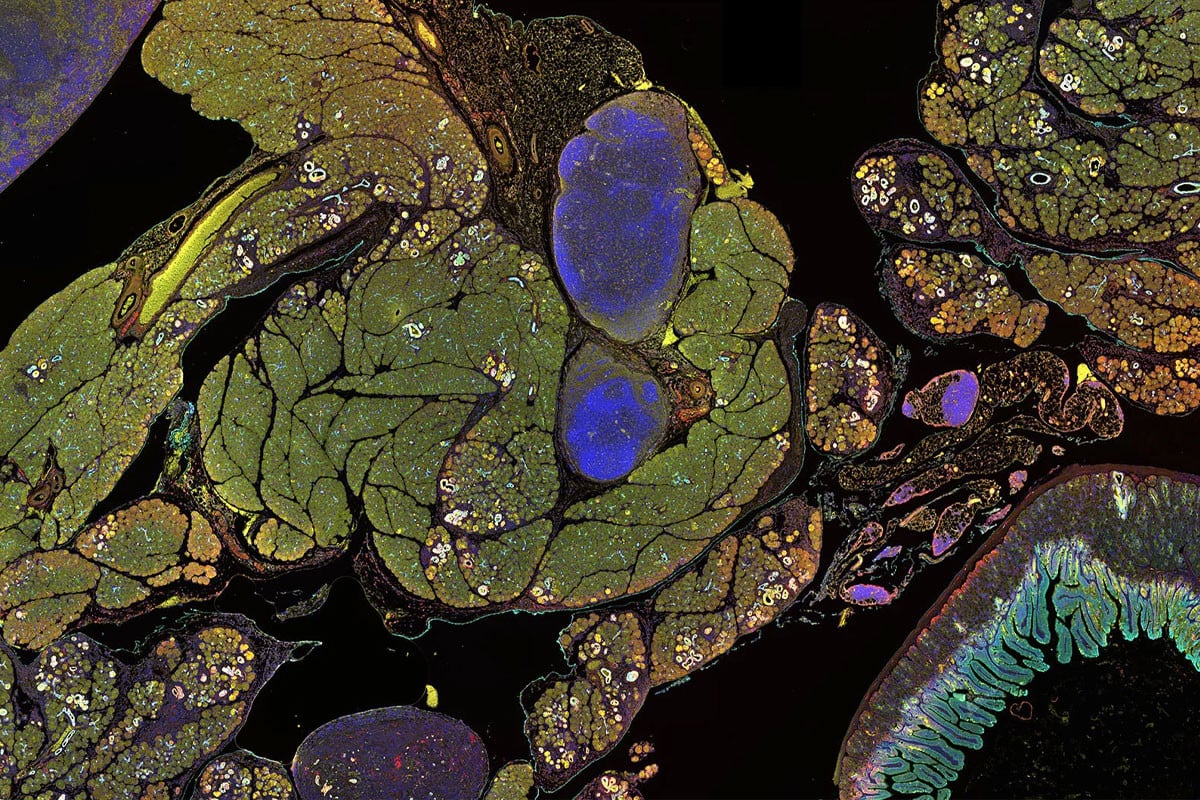Around three million robots work in factories around the world, with about a third of those in the automotive industry, according to an industry body. Now, a company called Micropsi Industries is looking to make even industrial robots closer to humans.
“We make a control system that allows industrial robots to do things that without our software they couldn’t do,” remarked Ronnie Vuine, Micropsi’s founder, “which is essentially having hand-eye coordination and adapting to changing conditions in the environment as they do their work in a factory.”
The company’s first product, called MIRAI, uses artificial intelligence (AI) and cameras to train robots to perform tasks that would be impossible via traditional, pre-programmed movements, reports CNN.
One of the original stereotypes about robots is that their movements are stiff and abrupt, something that endures in the “robot dance” that first became popular in the 1980s.
Robots have since evolved and now exhibit far more human-like qualities, with movements that have become softer and subtler.
The company is now developing its products for various brands of manufacturing robots. “By far the most advanced industry when it comes to deploying robots at scale is automotive,” Vuine said. “Cars are the most complex artifact we make at scale as humans. We also make planes, and they’re more complex, but we don’t make as many of them. Cars are just the most advanced automation game we play.”
Demonstrating the technology to CNN, MIRAI allowed a robot arm to pick up a thin computer cable dangling from a person’s hand and plug it into a switch — a delicate task that is considered too hard to manually engineer a robot to do.
Vuine said that MIRAI can teach the robot how to do this in about an hour, with a human tutor. After that, using cameras and lights to see what it’s doing, the robot can perform the task by itself.
“The cable, of course, jiggles about, so you can’t fully know and predict where that’s going to be, but the robot will reliably pick it and then insert it,” he added.
This opens up options for automation to carry out tasks previously handled by humans, which could prove especially useful in producing electric cars. “Automotive is moving to electric. There’s much more cables to be plugged in,” said Vuine. “Of course, it’s terribly important in electronics, where you have ribbon cables (to connect to circuit boards). All of these applications couldn’t be done with robots (previously). You would have to use a human, or you couldn’t do it at all, and would need to redesign your product for manufacturability.”
Having recently moved its headquarters from Berlin to San Francisco, the company is now looking to expand from cars to other products, like power tools and white goods, as well as other fields altogether, like logistics.
Bd-pratidin English/Fariha Nowshin Chinika

